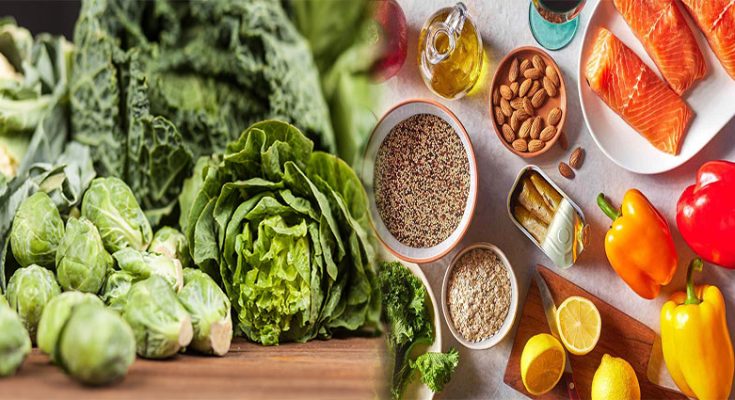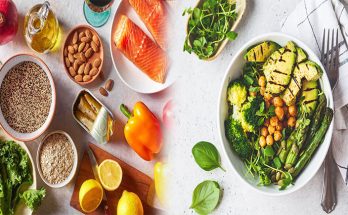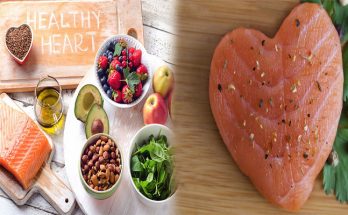A healthy heart is vital for overall well-being. Maintaining good circulation is key to keeping our cardiovascular system in top shape. One effective way to support circulation and promote heart health is through a low-sodium diet plan. By reducing sodium intake, we can manage blood pressure levels and minimize the risk of cardiovascular diseases. In this article, we will explore foods that can boost circulation while adhering to a low-sodium diet plan.
1. Dark Leafy Greens
Dark leafy greens such as kale, spinach, and Swiss chard are packed with nutrients, including potassium and magnesium. Both these minerals aid in regulating blood pressure and promoting healthy blood flow. Incorporating these greens into your diet can significantly improve circulation.
2. Citrus Fruits
Citrus fruits like oranges, lemons, and grapefruits are rich in vitamin C and antioxidants. Vitamin C helps strengthen blood vessels, while antioxidants combat inflammation and oxidative stress. Adding citrus fruits to your low-sodium diet plan can enhance circulation and support heart health.
3. Berries
Berries, such as strawberries, blueberries, and raspberries, contain flavonoids that have anti-inflammatory properties. These compounds can help improve circulation by reducing inflammation in blood vessels. Berries are also low in sodium, making them an excellent choice for a heart-healthy diet.
4. Nuts and Seeds
Nuts and seeds like almonds, walnuts, chia seeds, and flaxseeds are rich in omega-3 fatty acids and vitamin E. Omega-3 fatty acids help reduce inflammation and support cardiovascular health. Vitamin E acts as an antioxidant, protecting blood vessels from damage. Including a handful of nuts and seeds in your daily low-sodium diet plan can contribute to better circulation.
5. Whole Grains
Whole grains like oats, quinoa, and brown rice are excellent sources of fiber and plant-based proteins. Fiber aids in maintaining healthy blood pressure levels while reducing cholesterol buildup in arteries. Incorporating whole grains into your diet plan can help promote good circulation and support heart health.
6. Garlic
Garlic has been studied for its positive impact on cardiovascular health. It can help lower blood pressure, reduce cholesterol levels, and improve circulation. Including garlic in your low-sodium diet plan can be beneficial for your heart and overall well-being.
7. Tomatoes
Tomatoes are rich in lycopene, an antioxidant known for its heart-protective properties. Lycopene helps relax blood vessels, leading to improved circulation. Including tomatoes and tomato products, like sauces and purees, in your low-sodium diet can be a flavorful way to support a healthy heart.
8. Fatty Fish
Fatty fish, such as salmon, mackerel, and sardines, are excellent sources of omega-3 fatty acids. These healthy fats help reduce inflammation, lower blood pressure, and promote good circulation. Including fatty fish in your diet plan a couple of times a week can be beneficial for heart health.
When designing a low-sodium diet plan for heart health, it is essential to focus on wholesome, nutrient-dense foods. These foods can boost circulation, regulate blood pressure, and support overall cardiovascular well-being. Remember to consult with a healthcare professional or a registered dietitian to tailor a diet plan that fits your specific needs and health conditions. By incorporating these foods into your low-sodium diet, you can take proactive steps toward a healthier heart and better circulation.





